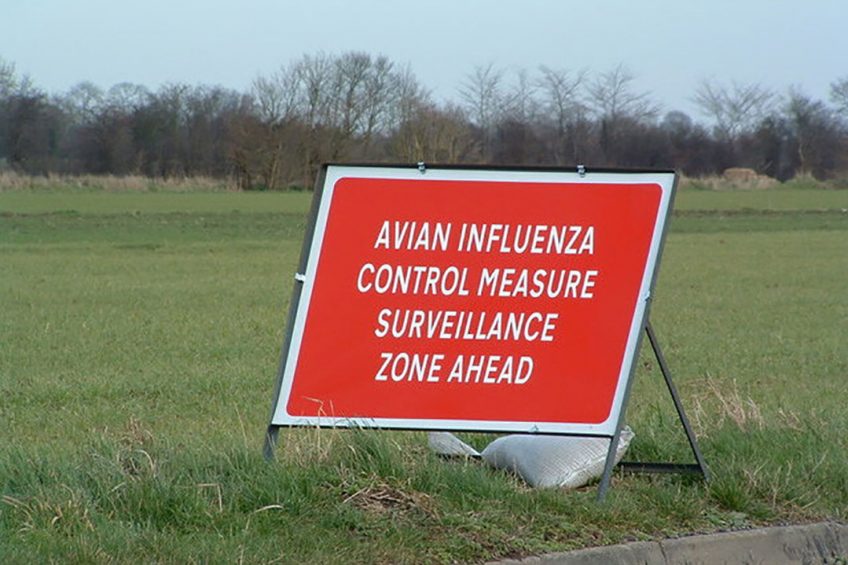Asian poultry farmers battling against bird flu

Asian poultry farmers continue to suffer from the hardest hitting bird flu outbreak in years. Reuters reports that there is no end in sight yet.
Bird flu is common in Asia at this time of year due to migratory bird patterns, but new strains of the virus have evolved, leading to the culling of 20 million chickens in South Korea and Japan in the past 3 months. According to an Indian animal health expert and former advisor to the UN’s Food and Agriculture Organization (FAO) Mohinder Oberoi, this is “one of the worst outbreaks ever in India.” The virus was reported there in early January. “The sudden drop in demand and prices compounds the woes of millions of small poultry farmers in an industry that only recently started to recover from the coronavirus outbreak-led disruption that hit sales during 2020,” Reuters reports.
Japan hit hard
In Japan, ANI reports that a record number of 5.8 million chickens have been culled since November 2020 due to the virus, which has been detected at 36 poultry farms. The previous record, it says, dates to 2005/6 when 5.7 million birds were culled because of an outbreak of bird flu. The Asian outbreak comes as Europe suffers its worst bird flu outbreak in years, added to the disruption caused by the coronavirus.
The rapid and wide geographical spread of the latest bird flu outbreaks make this one of the worst waves in Asia since the early 2000s, reports Reuters, adding that the different variant circulating in Europe since late 2020 is also causing significant damage. A health official in the Japanese agriculture ministry has noted that the risk of the further spread of bird flu remains as the migration season for wild birds will continue until March or even April.
 Avian influenza
Avian influenza
Avian influenza is an issue for poultry producers worldwide. Here Poultry World tracks the outbreaks and keeps you up to date on the latest information.
Indonesia is only a temporary transit point for wild birds, reducing its risk of infection, and with no major bird flight pathways over Southeast Asia, countries like Vietnam, Laos and Cambodia have so far been spared H5N8 outbreaks. According to Holly Shelton, influenza expert at Britain’s Pirbright Institute, the virus will “keep spreading until another virus comes along to replace it.”













